These Sports Still Use Coin Tosses to Decide Major Moments
So much has changed in sports, with smarter plays, tighter rules, and cameras everywhere. But the coin toss is one thing that stays. It’s quick, it’s clean, and it still injects just a little bit of randomness into games built on precision.
These decisions always remind us that even in a hyper-optimized world, luck still gets a say. Let’s explore some sports that still rely on coin tosses.
Cricket Starts With Strategy, Not Just Ceremony

Credit: pexels
In cricket, the coin toss decides who bats first and can tilt the match. Pitch conditions can deteriorate over time or shift depending on the weather. Captains assess the pitch, eye the weather, and make a call that could decide the match. On day five, that single choice is louder than any six smashed over the ropes.
Football’s Momentum Often Begins at Midfield
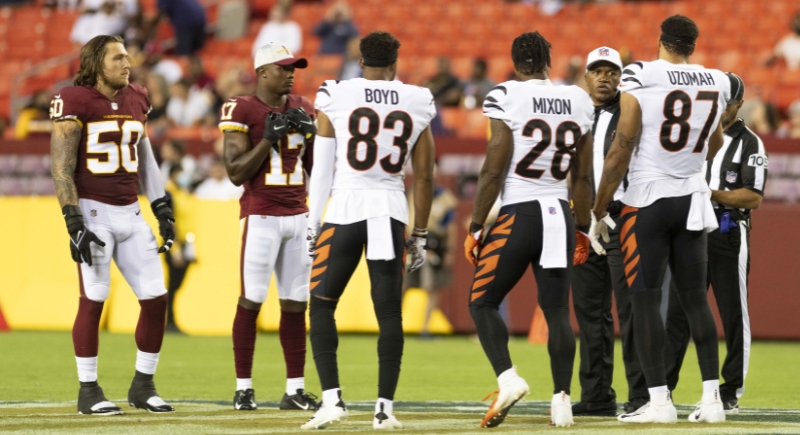
Credit: Wikimedia Commons
Before NFL and college football games, captains call the toss to decide first possession or defer to the second half. In overtime, the toss winner can score without the opposing offense ever taking the field. That single flip can heavily influence both pacing and outcome.
Soccer Uses It to Balance Kickoff and Sun Glare
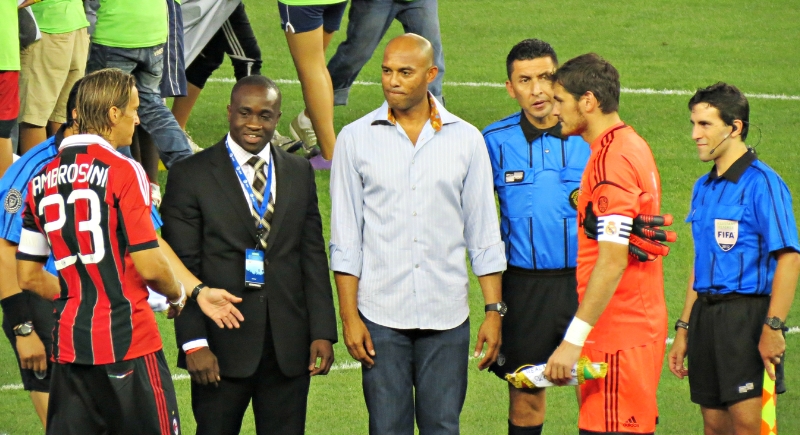
Credit: Wikimedia Commons
In soccer, the pregame coin toss decides who kicks off and lets teams pick their side of the field. That matters more than it seems. Factors like natural light, pitch slope, or strong wind can subtly impact performance and decision-making over the course of 90 unpredictable minutes.
Indoor Volleyball’s Flip Decides Who Takes Control
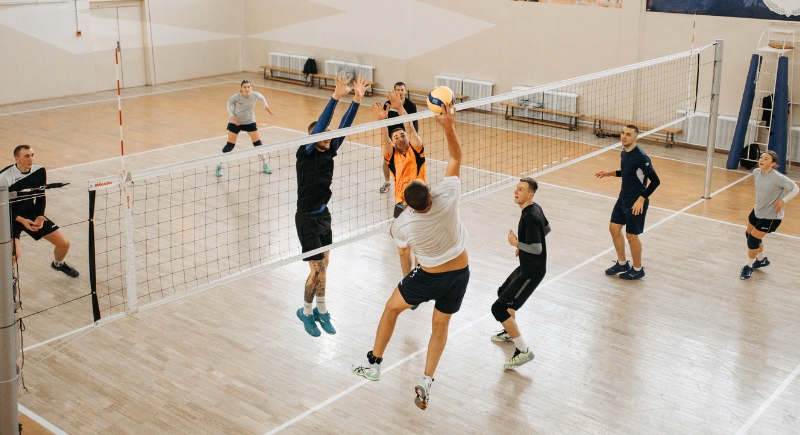
Credit: pexels
Volleyball matches begin with a coin toss to decide whether to serve or receive. This decision can give the winning team an edge, which is especially valuable in momentum-driven contests. When the match is tied 2-2 in a five-set match, the toss is redone.
Beach Volleyball Adds Weather Into the Equation
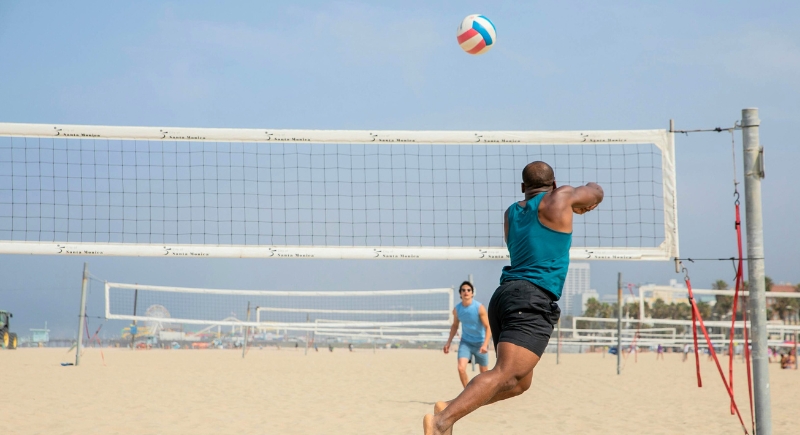
Credit: pexels
Just like indoor volleyball, beach volleyball also uses coin flipping. Wind, sun, and even glare off nearby water can affect performance in beach volleyball. The opening toss lets teams control serve or pick their starting side. In short-format, high-pressure sets, that early edge may help lock in control from the first point.
Tennis Opens With a Decision That Shapes the Pace
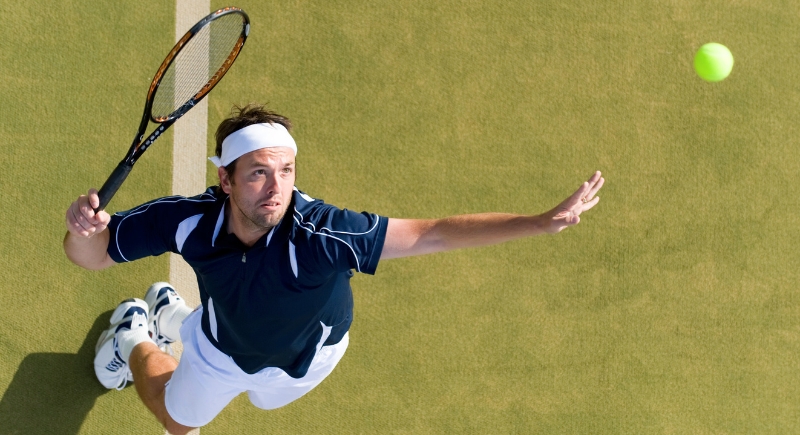
Credit: Getty Images
Before matches begin, tennis players use a coin toss, and sometimes a racket spin, to decide who serves first and which side they’ll play. Even elite pros know that this small benefit in the beginning can matter.
Table Tennis Puts Early Tempo in Play

Credit: Getty Images
Though matches move fast, the coin toss in table tennis determines whether a player serves first or chooses sides. Winner of the toss, even by a point or two, often snowballs in a sport where every flick and spin matters.
Fighter Corners Often Start With a Flip
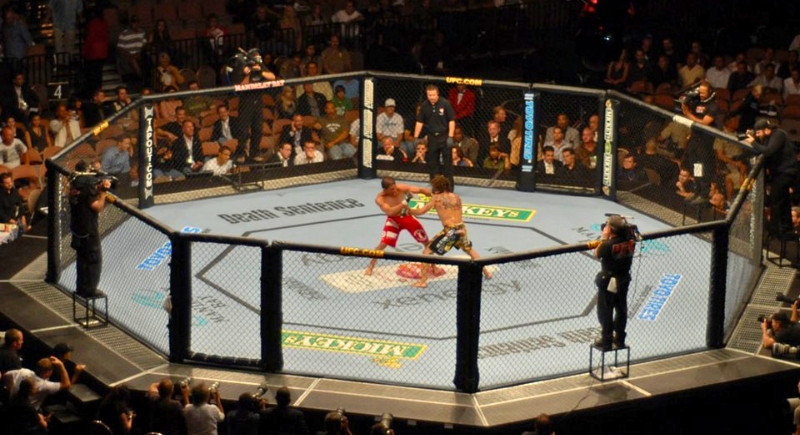
Credit: Wikimedia Commons
In amateur boxing and many MMA promotions, corner assignments—red or blue—are still decided by coin toss. This impacts the walkout order, glove color, and corner location. In MMA, red often signals the higher-seeded fighter, but when rankings are identical or unclear, a flip settles it.
Carrom’s ‘Coin Toss’ Sets up the Break
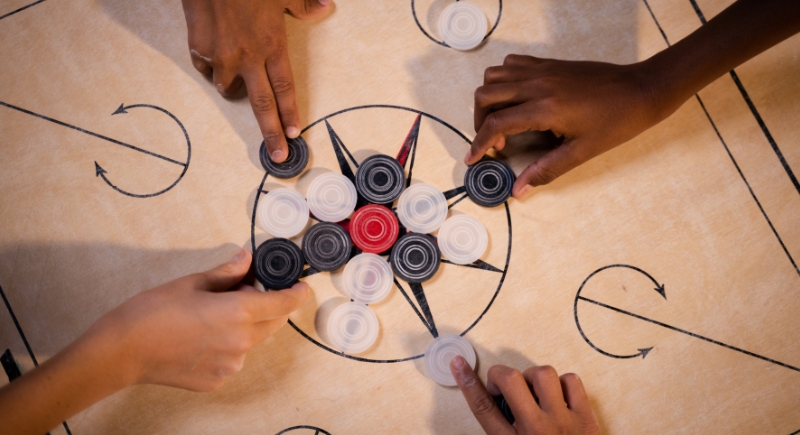
Credit: Getty Images
Competitive carrom may not involve a coin flip directly, but the idea is similar. The “toss” is done by hiding black and white pieces under tokens. The correct guess decides who breaks. That first move provides a serious advantage in pocketing and positioning. A strong break can put immediate pressure on an opponent.
Mas-Wrestling Uses It for Grip and Tiebreaks
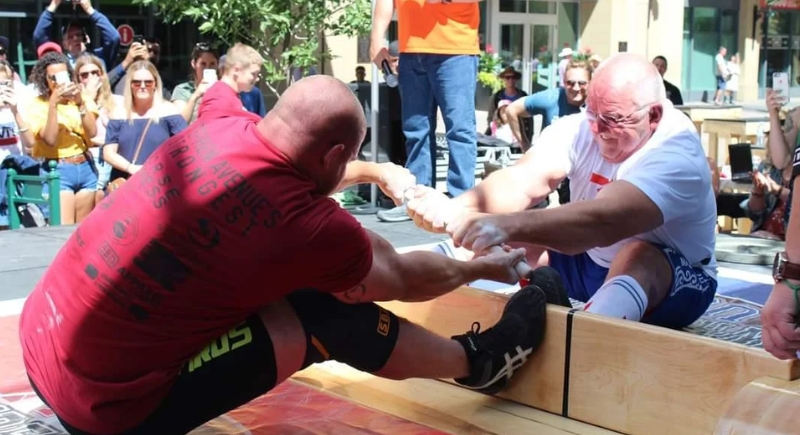
Credit: Reddit
In this one-on-one strength contest, competitors grip the same stick and try to pull each other over a board. The coin toss determines the grip side. If each wrestler wins one round, the toss decides positioning in the third. Given how physical angles influence leverage, that final flip may determine victory.
Cornhole Tournaments Flip for the First Toss
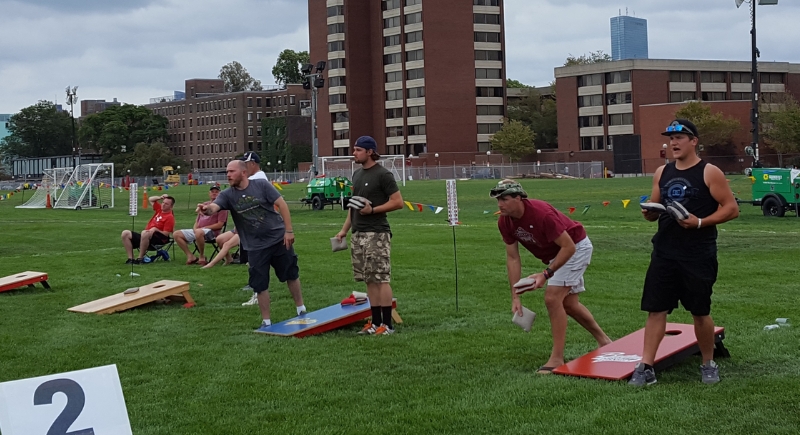
Credit: Wikimedia Commons
Professional cornhole requires tossing to determine the first throw and side. The winner of each round throws last in the next. Since matches can be tight, controlling that first momentum can shift the rhythm early.
Fencing Occasionally Relies on a Fallback Flip
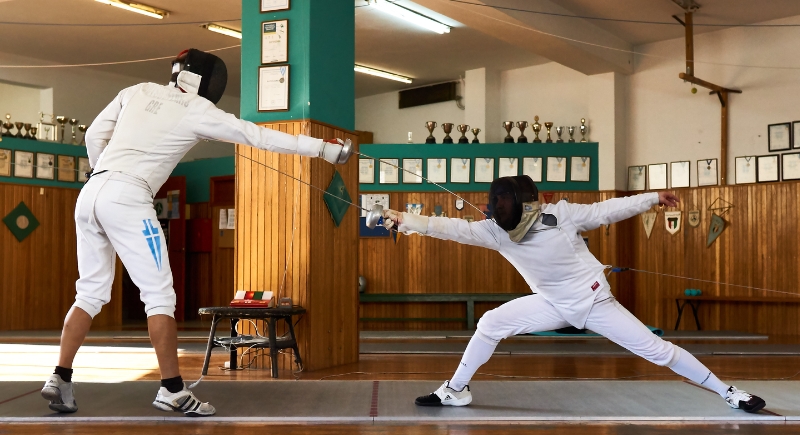
Credit: Wikimedia Commons
Coin tosses are rare in fencing, but they occasionally settle a bout order or side when no ranking, seed, or head-to-head record separates fencers. This fallback method ensures movement in tightly packed pools.
Rowing Uses It to Settle the Water Lane
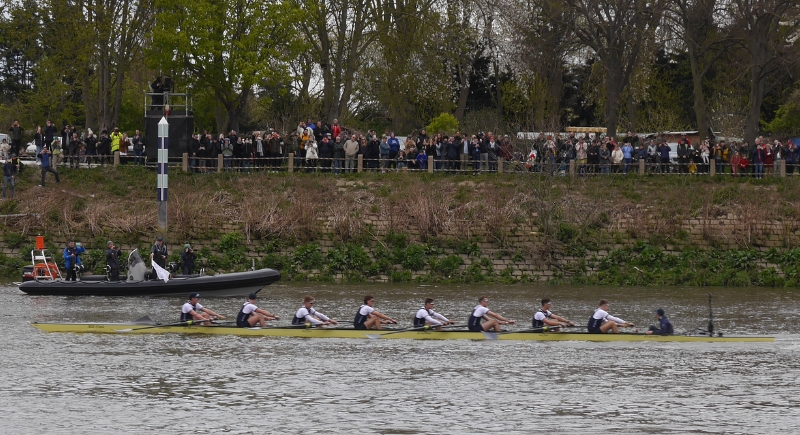
Credit: Wikimedia Commons
At smaller regattas or unseeded events, a coin toss might decide which lane a team rows in. That can matter in headwinds, currents, or uneven water. A favorable lane doesn’t guarantee a win, but it can reduce drag and simplify steering.
Sliding Sports Occasionally Need It for Seeding
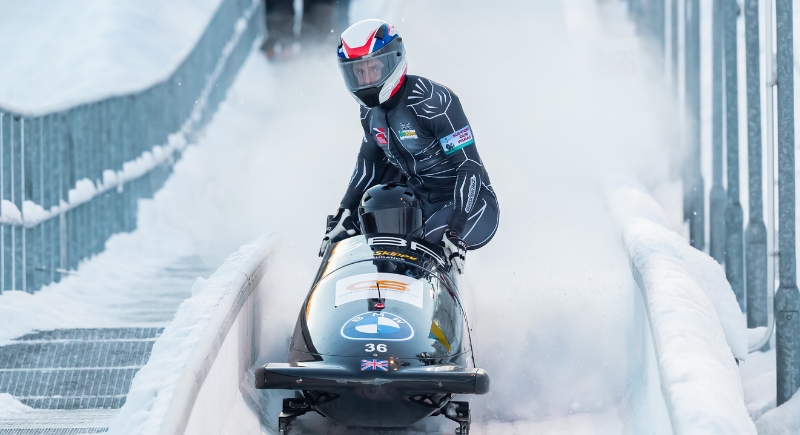
Credit: Wikipedia
In luge, skeleton, or bobsleigh, the start position can be critical. If athletes are tied in standings or results, and no tie-breaking criteria apply, a coin toss may determine order. The earlier slider may face a cleaner track.
Youth and Sevens Rugby Hold Onto the Ritual
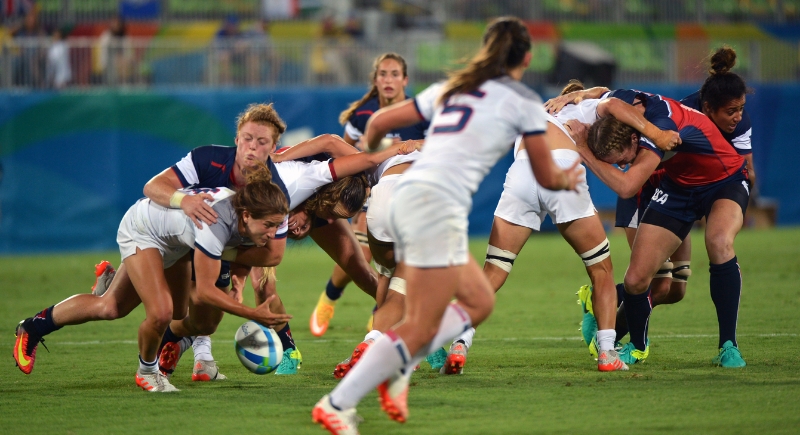
Credit: Wikimedia Commons
The toss is still traditional, but not just that. In youth and sevens formats, it decides the kickoff and sides. Given how short seven-game games are and how rapidly scores can swing, this choice can shape early aggression or defensive setup.